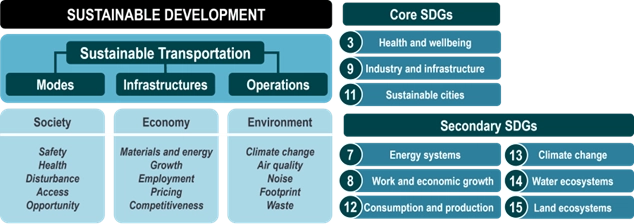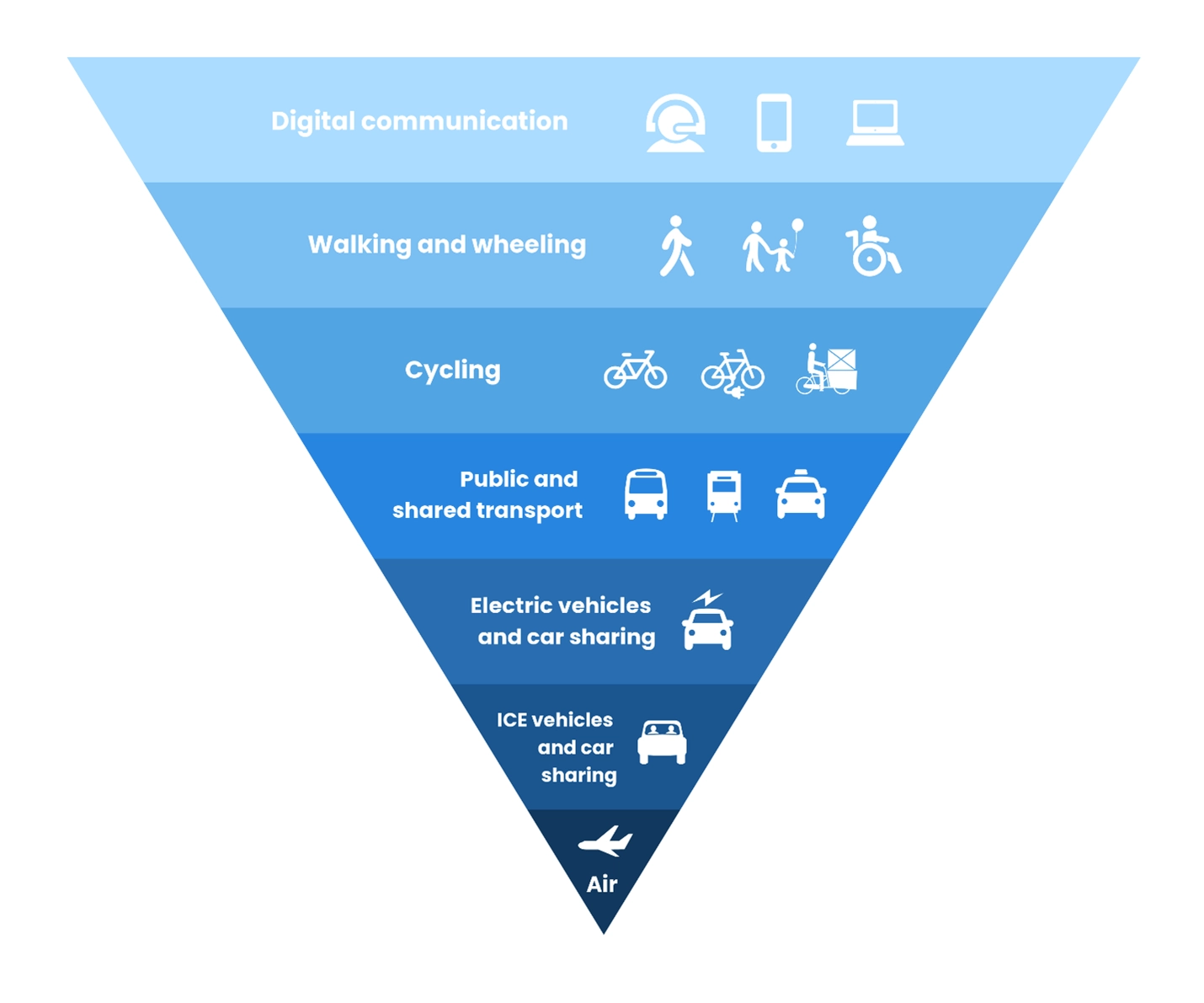Aside from bringing us from point A to point B, the transportation sector has had a crucial role in sustainability since 1992, as recognized by the United Nation’s Earth Summit in chapters 7 and 9 of its outcome document, Agenda 21. In 1997, the UN General Assembly indicated the transport industry would be drive a growing demand for energy in the following 20 years, which has proven to be true: transport is now the largest end-user of energy in developed countries and the fastest growing one in most developing countries.
In the 2030 Agenda for Sustainable Development, transport is mainstreamed throughout the sustainable development goals, and its strategic importance for climate action is further recognized under the UNFCCC as its potential to aid in advancing the Paris Agreement goals, given that nearly 25 percent of energy-related global greenhouse gas emissions come from transport. And those emissions are expected to rise substantially in the future.
The EU furthers the findings and aims of the UN regarding transportation, as it outlines in the European Green Deal. It aims to cut emissions by 90 percent by 2050, which has already resulted in political friction in Europe, especially from national economies heavily dependent on their national automotive industries. With this strategy, the EU transport system would implement a green and digital transformation while being more resilient to future crises. Mobility and the strategy are central to the EU achieving its short- and long-term climate ambitions. The European Climate Pact was launched on the same day as the strategy, empowering citizens and organizations to get involved in climate action. Green transport is one of its focus areas.
The following timeline applies for the EU Sustainable Mobility Strategy:
By 2030
- At least 30 million zero-emission cars operating on European roads
- 100 European cities to be climate neutral
- High-speed rail traffic to double across Europe
- Scheduled collective travel for journeys under 500 km should be carbon neutral
- Automated mobility to be deployed at large scale
- Zero-emission marine vessels to be market-read
By 2035
- Zero-emission large aircraft to be market-ready
By 2050
- Nearly all cars, vans, buses and new heavy-duty vehicles to be zero-emission
- Doubling of rail freight traffic
- A fully operational, multimodal Trans-European Transport Network (TEN-T) for sustainable and smart transport with high-speed connectivity

Source: EU commission fact sheet on Sustainable mobility
The achievement of these goals is supported by 82 European initiatives, categorized under 10 key areas of action with concrete measures to make transport more resilient and sustainable, and to facilitate innovation and digitalization. By way of example, for transport to become sustainable, the EU aims to:
- Boost adoption of zero-emission vehicles, vessels, and airplanes, renewable, and low-carbon fuels and related infrastructure; e.g., installing three million public charging points by 2030
- Create zero-emission airports and ports by promoting sustainable aviation and maritime fuels
- Make interurban and urban mobility healthy and sustainable; e.g., by doubling high-speed rail traffic over the next 10 years
- Green freight transport; e.g., by doubling rail freight traffic by 2050
- Price carbon and provide better incentives for users.
The following scheme summarizes the UN and EU approach towards sustainable transport:

Source: The Geography of Transport Systems, Fifth Edition, Jean-Paul Rodrigue (2020), New York: Routledge, 456 pages. ISBN 978-0-367-36463-2, doi.org/10.4324/9780429346323.
Despite the policy and strategy alignments between the UN and the EU, the challenge of supply chain disruptions and the shortage of materials for production of new vehicles has changed the landscape of sustainable transition of mobility. And the disruptive effect of COVID19 and the rise of gas prices due to political instability challenges the feasibility of the changes put forward by the UN and the EU. The hierarchy of sustainable transport has been defined as the following:

Source: https://energysavingtrust.org.uk/an-introduction-to-the-sustainable-travel-hierarchy/
Even in absence of these challenges, we don’t know if the solutions proposed are sustainable. There is controversy about the actual sustainability of electric cars (and their environmental effects. There is less awareness of the challenges facing the so-called “preferred” modes of commercial transport, such as railway, to actually be sustainable, as well as the challenges of scalability and development. Railway transport has been called “the most sustainable mode of transport”, yet the challenges it faces in its sustainable transition and in its crucial role in the transition are rarely discussed.
Our next post will address sustainable transport in a more strategic manner, noting the critical analysis companies must undertake to define any mode of transport as sustainable and the challenges and solutions that can be noted particularly in the field of railway transport.




